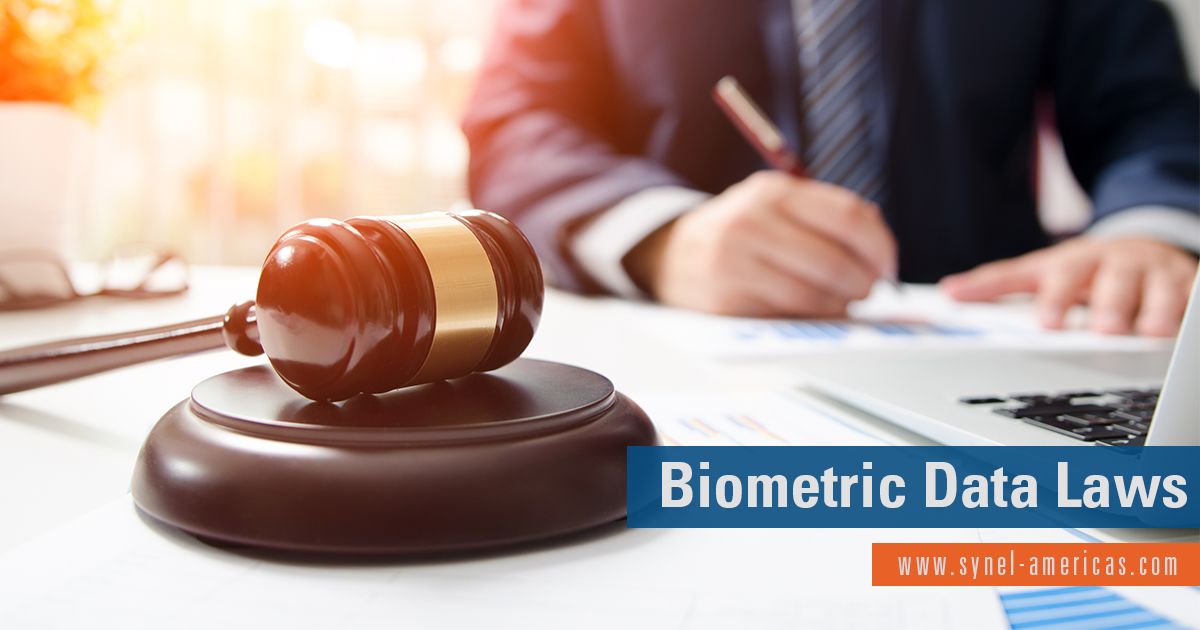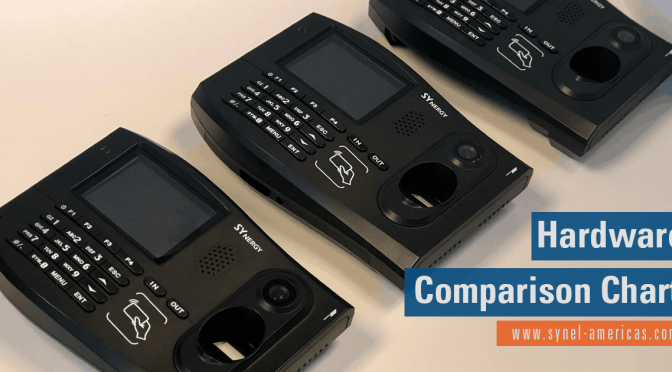A big reason companies are choosing to move to biometric timekeeping is because it is more accurate and it also eliminates buddy punching, which is typically a big concern for employers. More accurate data gives the employer a higher chance of being compliant with FSLA laws, but biometric data comes with a set of its own privacy laws, which an employer must pay close attention to as well to stay fully compliant.
Why is Biometric data so important?
Biometrics is not only becoming more advanced, but also much more affordable with time. This is leading a lot of companies and employers to invest in biometric time and attendance devices. Biometric data includes fingerprints, voice prints, eye scans, and scan of hand or face geometry that can be used for quick identification. This data is unique to an individual, therefore if it is compromised is a much bigger issue than a credit card or social security number being stolen, since it cannot be changed. Many states have been jumping on the privacy law bandwagon in order to protect individuals’ biometric data as the method becomes a more common in the workplace.
Biometric Privacy Laws by State
In 2008, Illinois was the first state to create a law – dubbed the Illinois Biometric Information Privacy Act (BIPA) – about the use and storage of biometric data for companies. The law states that employers must tell all employees in writing that the data will be collected or stored and also how and for how long it will be kept and used. Even though BIPA is known as the country’s strongest biometric privacy law and the state has seen its fair share of lawsuits, there have also been lawsuits in other states regarding biometric data. In May of this year, Washington became the third state to implement a biometric privacy law. Texas also passed a law in 2009. Even though these three states are the only ones with strict laws on privacy right now, lately there has been a renewed focus on the topic because of the growth of biometric data capture.
Synel XactTime Compliance Update
Recently, Synel did an update and added a feature to manage biometric data within XactTime, our web browser-based time and attendance software solution. This feature allows employers to go in and delete their employees’ biometric data. They can do this at any time, and therefore this capability ensures that they are staying compliant with their state’s biometric privacy laws. Each state is a bit different, so we recommend checking your state’s laws and updating your internal information accordingly.
If you have any questions about biometric data or the new feature within XactTime, reach out to our support team.





